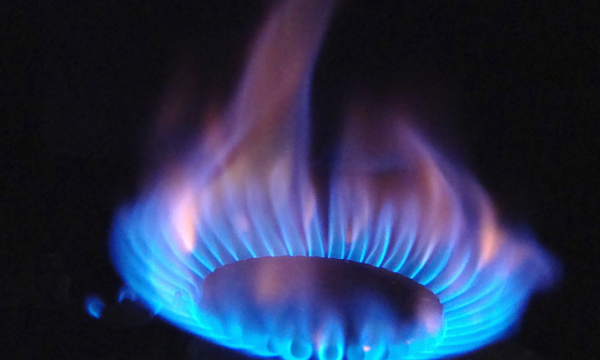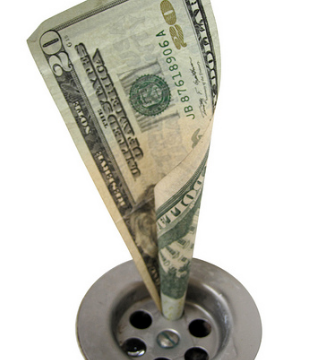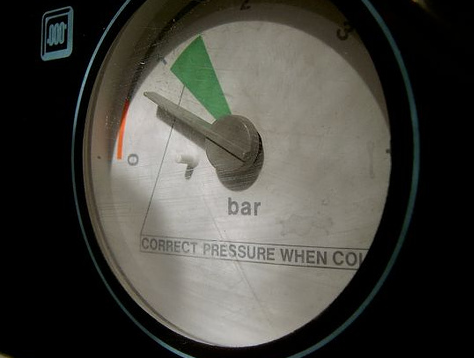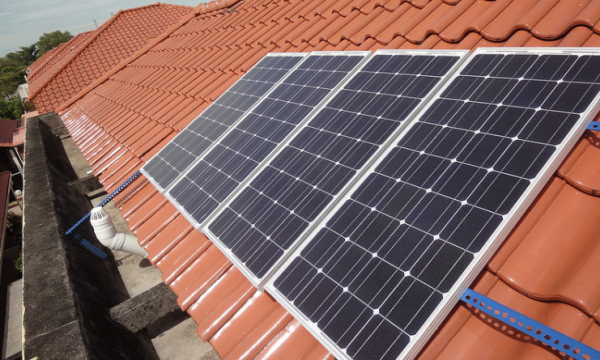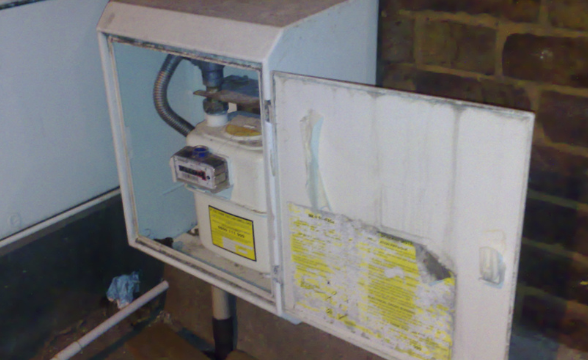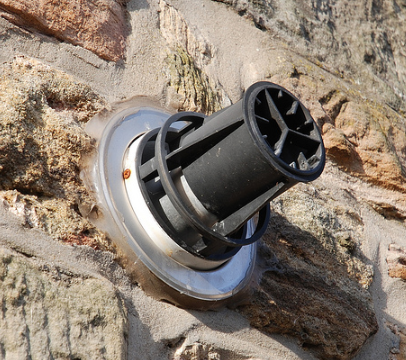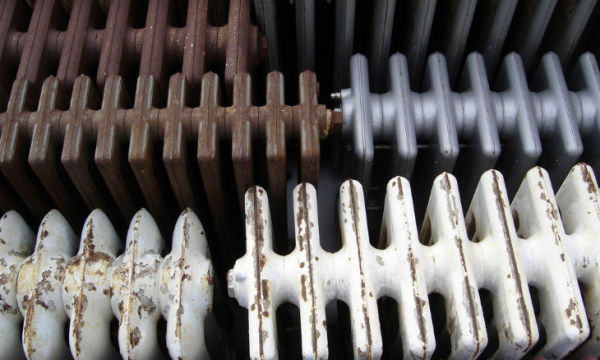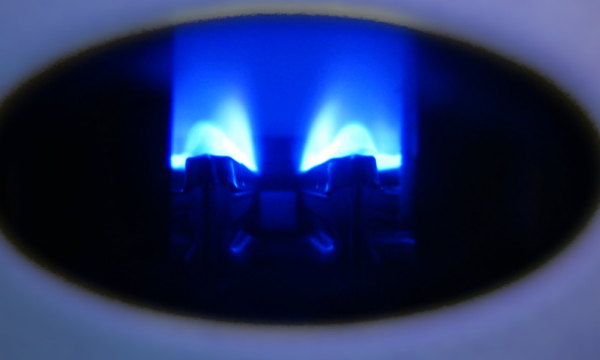Although your central heating system exists ready to be used whenever you need it, few of us can (and indeed can afford) to have the heating on twenty-four hours a day. Infact, research has shown that it is probably worse for health than better. Luckily devices exist which can control the rate and timing of heat exchange and we will explore these during this posting.
Valves.
Radiator valves are little devices which sit on the top or bottom side of the radiators. Essentially you might think of a radiator valve as a very localised, radiator specific thermostat. Old radiator valves were simply a knob which was turned one way or the other. Fully ‘opening’ the valve meant that maximum hot water could fill the radiator and thus heat the room, while a fully closed valve meant the opposite. Without incremental points or references it was very hard to set these valves effectively. Modern radiator valves now do not have this problem as most are labelled on an incremental scale allowing varying degrees of hot water (and therefore heat) to be circulated. Digital radiator valves now also exist will allow radiators to be set to a precise temperature and time amongst other things, making it ideal for modern life.
Some of the main benefits of radiator valves are:
* They allow a user to set the localised heat, without the rest of the venue being affected.
* Adjustments to the valves can save energy and give greater energy efficiency, in terms of heat not being used.
* Thermostatic radiator valves will shut off once the room reaches the set level which prevents over-heating of the room, while addressing any cold issues by staying operational.
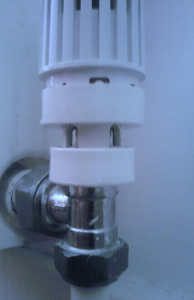
From: https://www.flickr.com/photos/harrywood/8473658408/
If valves were described as the mini thermostat for radiators, then thermostats themselves are the main central regulator for the whole house or premises. Thermostats operate and have the same similar beneficial effects that are mentioned above, but on a bigger scale and across the entire place that the central heating system or boiler is controlling. Thermostats are linked with the boiler (radiator valves are not per se.) To avoid heating being on permanently a thermostat can be set which will click on when it gets too cold to turn the heating up, or click off when it gets too warm to shut the heating off. Thermostats must be placed in appropriate places or the effectiveness of them will be diminished. For example, having a thermostat that controls the house located in a small bathroom would not be ideal, as the heat content is likely to be often high in this room, meaning the control will regularly click off, not supplying heat to the rest of the house.
Remember that thermostats are more than just glorified thermometers. With most thermostats that exist for modern and digital boilers, the possibilities and user friendly credentials are endless. For example:
* Settings can be programmed to ensure that heating comes on / off at certain times of day or night.
* Holiday modes can be set for when people are away, or emergency ‘frost prevention’ features can be set to ensure the house does not freeze even if the heating isn’t programmed to come on.
As the digital era is advancing further so thermostatic appliances are becoming even more contemporary. Wireless and remote types now exist which means that heating can now be controlled even when you are not in the home. This makes it perfect for saving energy and money as the heating really doesn’t have to be on until it is needed, and you have full control over this wherever you are.
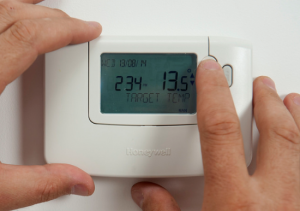
From: https://www.flickr.com/photos/151653494@N04/32459483384/ & http://corgi-homeplan-how-safe-is-your-home.org/
Now you know more about valves and thermostats and their benefits, how many do you have in your home and how do they help you?
Interested in combi boilers? Visit our dedicated page or find a link on there to see our other popular boiler types.
